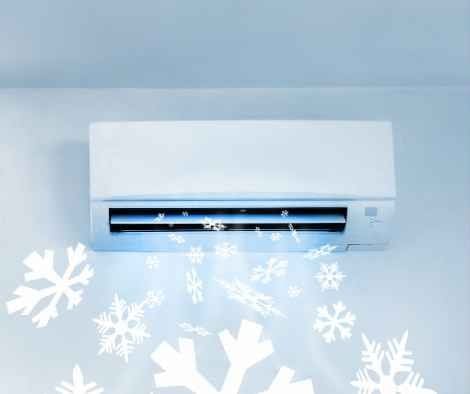Enter our Giveaway to win cool prizes!
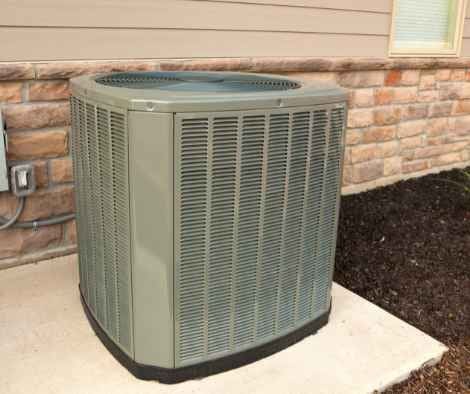
Why Is My Air Conditioner Not Blowing Cold Air?
There’s nothing more frustrating than switching on your AC during a scorching day only to feel warm air blowing through the vents. When your air conditioner isn’t doing its job, it’s more than just an inconvenience—it’s a comfort crisis. For homeowners in Arizona, where reliable cooling is essential, this issue can make your home feel unbearable in no time. And while it might seem like a mystery at first, there are several common reasons why your system could be underperforming.
In this blog, we’ll walk you through the most likely causes, offer some simple DIY solutions, and explain when it’s time to call in the professionals. By the end, you’ll know exactly what to look for and how to take action to get your cool air back fast.
Why Your Air Conditioner Isn’t Blowing Cold Air
When your air conditioner stops blowing cold air, it’s usually a sign that something is off, whether it’s a clogged filter, a mechanical issue, or something more serious. This issue is especially common during the hottest months, when your AC is working hardest. While the problem might seem sudden, most causes build up over time and can be prevented with regular maintenance.
For homeowners in Arizona, this isn’t just a comfort issue—it’s a health and safety concern during the intense summer heat. Your air conditioner should cool your home quickly and efficiently, and when it doesn’t, the system can become overworked and more prone to damage. Ignoring the issue can lead to higher energy bills, reduced system lifespan, or even complete system failure. That’s why it’s important to identify the cause early and take steps to fix it before things get worse.
Key Signs and Causes of an AC Not Blowing Cold Air
When your air conditioner isn’t cooling, the signs can range from subtle to obvious. Recognizing the symptoms early can help prevent further damage to your system. Let’s take a closer look at what to watch for—and what might be causing the issue.
Common Signs
Keep an eye out for these warning signs that your AC isn’t working as it should:
- Warm air blowing from your vents even when the AC is set to cool
- Constant running without achieving a comfortable indoor temperature
- Humidity levels rising indoors, making rooms feel sticky or muggy
- Unusual sounds like rattling, buzzing, or clicking when the unit turns on
- Thermostat mismatch, where the temperature reading doesn’t match how it feels
- Reduced airflow, with weak or uneven air movement in different rooms
Causes/Why It Happens
A number of factors can interfere with your air conditioner’s ability to cool your home properly:
- Dirty or clogged air filters restrict airflow and reduce efficiency
- Low refrigerant levels due to a leak or improper charge
- Frozen evaporator coils, often caused by poor airflow or refrigerant issues
- Faulty compressor or fan motors, which are crucial for the cooling process
- Incorrect thermostat settings, such as being set to “fan” instead of “cool”
- Blocked or dirty condenser unit outside your home, preventing heat from being released
- Electrical issues or tripped breakers, which can interrupt cooling function
Solutions for an AC That’s Not Blowing Cold Air
Once you’ve identified the signs and possible causes, the next step is figuring out how to fix the issue. Some problems can be resolved with a simple check or quick fix, while others require the skills of a licensed HVAC professional. Here’s how to troubleshoot your AC and know when it’s time to call for help.
DIY Solutions
Before reaching for the phone, try these simple steps to see if you can restore your cool air:
- Check and replace your air filter if it’s dirty or clogged—this is one of the most common culprits.
- Verify your thermostat settings. Make sure it’s set to “cool” and the temperature is set lower than the room temp.
- Inspect your circuit breakers. If any breakers have tripped, reset them and see if your AC kicks back on.
- Clean around the outdoor condenser unit. Remove leaves, grass, or debris that could be blocking airflow.
- Close doors and windows. Make sure cooled air isn’t escaping while your system is running.
- Let frozen coils thaw. If you see ice buildup, turn off the unit and let it sit for a few hours before restarting.
These quick fixes might be all your AC needs to get back to cooling efficiently.
When to Call a Professional
Some issues go beyond what a homeowner can safely handle—and that’s when calling a pro is your best move:
- You suspect a refrigerant leak or low levels, which require specialized tools and handling.
- The compressor isn’t running or makes loud noises, signaling internal failure.
- You see ice on the coils even after changing the filter and turning off the unit.
- The fan isn’t spinning on the outdoor condenser unit.
- There’s no airflow at all, even when the system is running.
- You’ve tried basic troubleshooting and the issue persists.
A trained technician from Russett Southwest can diagnose and resolve complex issues quickly, saving you time, stress, and potentially costly repairs down the road.
Tips to Prevent Your AC from Blowing Warm Air
The best way to deal with an AC that’s not blowing cold air? Prevent it from happening in the first place. With a little regular attention and seasonal maintenance, you can keep your air conditioner running smoothly all year long. Here are some tips to help you stay ahead of cooling problems:
- Change your air filter regularly. Aim to replace it every 1–3 months, depending on usage and household factors like pets or allergies.
- Schedule a professional AC tune-up each spring to catch small issues before they turn into big ones.
- Keep vents and registers clear of furniture, rugs, or dust buildup that can restrict airflow.
- Clean around your outdoor unit and remove leaves, grass clippings, or debris that could impact airflow.
- Use a programmable or smart thermostat to manage indoor temps efficiently and reduce strain on your system.
- Seal air leaks in windows and doors to keep cooled air inside where it belongs.
- Don’t ignore early warning signs, like weak airflow or strange noises—addressing problems early can prevent breakdowns later.
With these simple habits, you’ll extend your system’s life, improve efficiency, and stay cool when it matters most.
Get Back to Cool Comfort With Russett Southwest
A warm breeze from your AC is more than just annoying—it’s a sign that something isn’t right. Whether it’s a clogged filter, a refrigerant issue, or something more serious, getting to the root of the problem quickly can save you time, money, and a lot of sweat. By watching for common signs and knowing when to call in a professional, you can avoid bigger issues and keep your home comfortable all season long.
If your air conditioner isn’t blowing cold air and you’re not sure what to do next, Russett Southwest is here to help. With fast, reliable service and a team that knows Arizona homes inside and out, we’ll get your cool air flowing again in no time.
Don’t wait for the next heatwave—schedule your AC service with Russett Southwest today!
Recent News
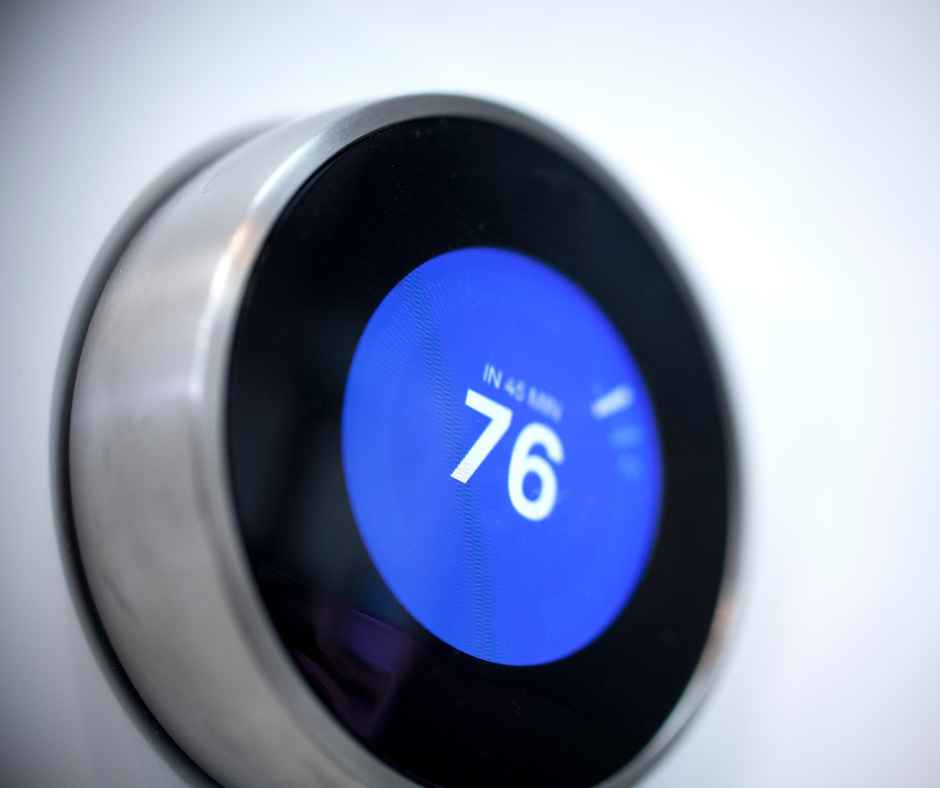
How Much Can a Smart Thermostat Reduce Your Tucson Energy Bill?
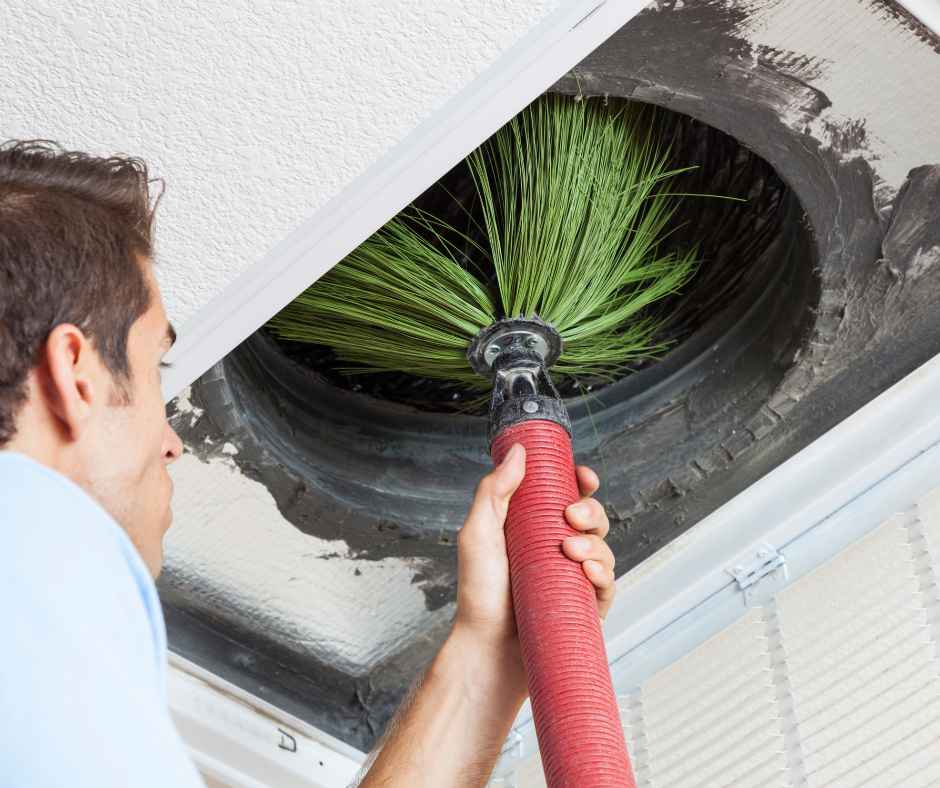
DIY or Hire? The True Cost of Professional Duct Cleaning in Tucson
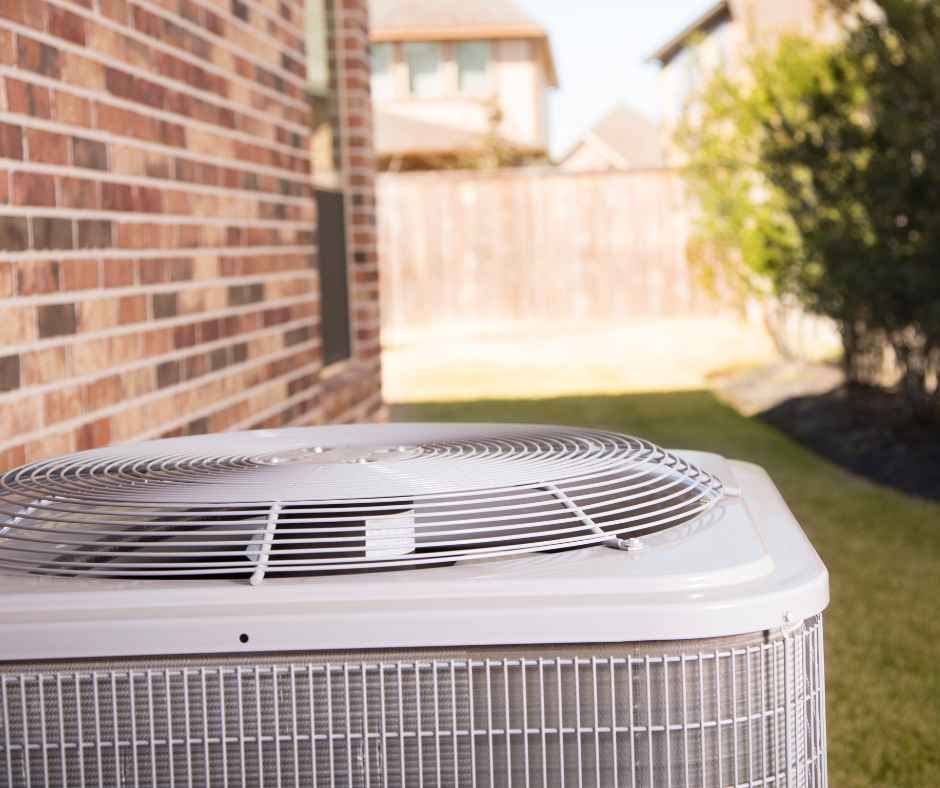
Identifying & Preventing HVAC Freeze-Ups in Arizona’s Cool Nights

Ductless Mini-Split vs Central AC — Which Saves More in 115°F Heat?
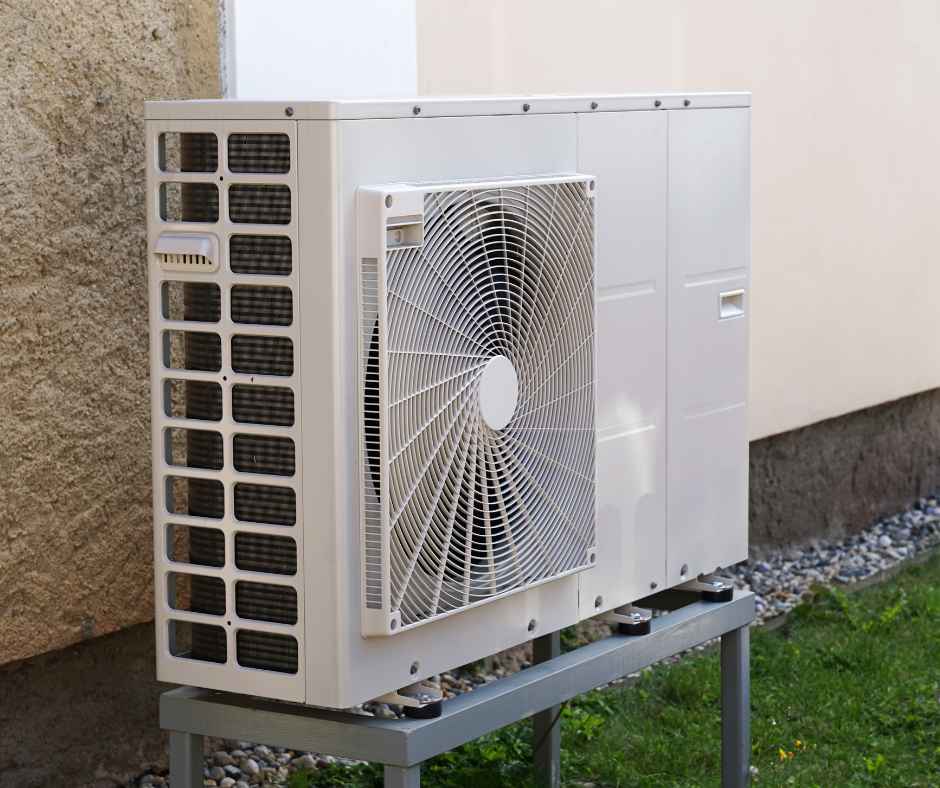
Tucson Homeowner’s Guide: Heat Pump Costs, Rebates & Savings in 2025

Do Dust & Pollen Force You to Upgrade Your Indoor Air Quality System?
